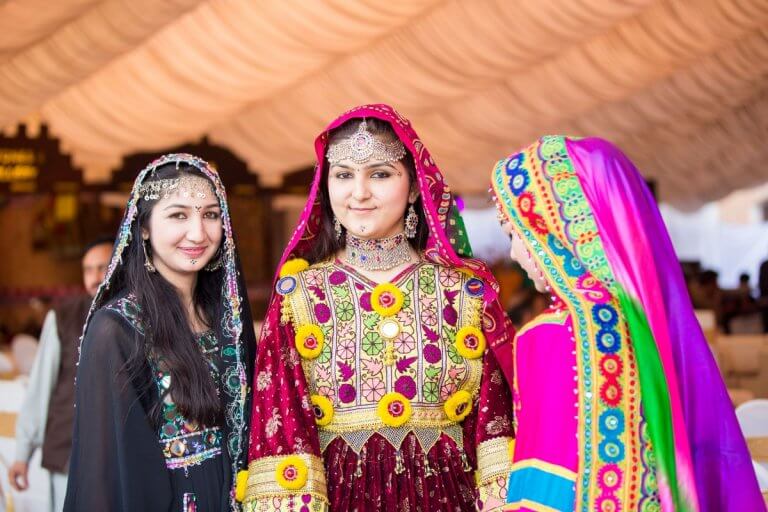
Fashion is a large part of student life for a variety of reasons. From a football team’s sports kit to the indie kid’s band T-shirts, what you wear says a lot about who you are.
For the international student, fashion often tells a story of not just who you are now but how your culture expresses itself.
Traditional clothing is central to community celebrations and cultural expressions in many countries.
From the intricate sarees in India to the graceful Buba in Nigeria, traditional wear can represent cultural values and communal identity.
But look around university campus or formal society dinners, and there is likely to be little-to-no non-Western dress in sight.
Why is that? How can universities with such rich international communities and diverse student bodies look so homogenous in its fashion choices?
It is important to contextualize this NYT attack on Indian clothing, with regards to bottoms-up awareness of Indian cultural identity in Indian universities (which is not at all government imposed).https://t.co/NWbI2QBfPP
— vakibs (@vakibs) November 14, 2017
“At home, we will wear traditional wear to signify we are members of a dynamic community, almost like non-verbal affirmation that we are all part of something together,” Abayomi Tereng, a medical student from Egypt studying at the University of Edinburgh, told Study International.
“But, when studying abroad, there is a pressure to assimilate with our non-Egyptian peers rather than show our proud badge of cultural honor.”
Tereng explains it is not a case of being embarrassed or rejecting their culture, but trying to fit into a new community instead of parading their own. There are other students like Tereng who feel the same, believing in the idiomatic expression: “When in Rome, do as the Romans do.”
But for many other international students, revealing their culture through their clothing makes up their identity. It also helps them connect with home, even when they are miles away.
Defne Yorgancioglu told the Duke Chronicle:
“Now my wardrobe consists mostly of blacks, browns and reds because those are the colors that remind me of the Turkish culture I grew up around.”
But, as cultures mix and white students eye up the traditional wear of their international peers, the identity associated with clothing can get muddied. And then comes the polarising debate of cultural appropriation.
“It can be frustrating seeing people wear clothes that represent my culture while I’m trying to tone down my heritage in a new country.
“It’s a fashion choice for these students and they have no awareness of what they signify,” said Tereng.

Wearing clothes inspired by other cultures can turn traditional identity into a fickle fashion choice. Souce: Shutterstock
Although she understands that integrating fashions can be a form of cultural appreciation, Tereng has noticed white students often parade their fashion choices as there own style rather than appreciating the cultures they came from.
“It’s almost as if the clothes become part of their wardrobe rather than part of my culture when students wear traditional designs. It takes away what my culture stands for and instead makes it subject to what’s in vogue.”
Liked this? Then you’ll love…
Universities are taking action against racist students – but is this the best route?







